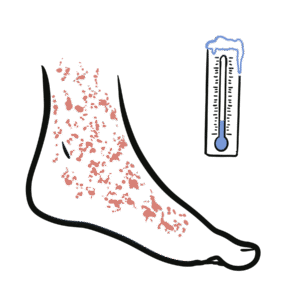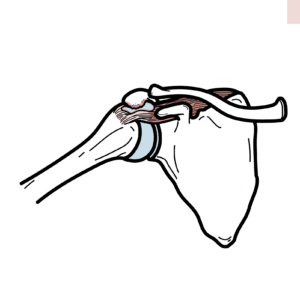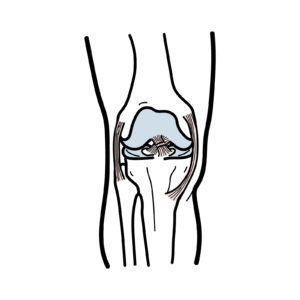Hydroxychloroquine – Pharmacology and mechanism of action
Hydroxychloroquine explained: how this disease-modifying antirheumatic drug (DMARD) treats autoimmune conditions and why it’s first-line for systemic lupus erythematosus. Hydroxychloroquine (plaquenil) is an antimalarial with powerful immunomodulatory effects used in SLE, rheumatoid arthritis, and juvenile inflammatory arthritis; it lowers mortality and reduces the risk of lupus nephritis by blocking antigen processing, T-cell activation, and autoantibody formation. In this video you’ll learn the drug’s mechanisms—interference with peptide loading onto MHC molecules and inhibition of inflammatory cytokines (TNF-α, IL-1β, IFN-γ)—and how those actions translate to clinical benefits like decreased flares, organ protection, and safer pregnancy management. We break down indications, practical advantages, and the side-effect profile in clear, actionable terms: common GI upset, the critical risk of retinopathy and maculopathy requiring baseline and periodic ophthalmologic screening, skin hyperpigmentation in sun-exposed areas from melanin binding, and rare cardiomyopathy. Viewers will gain a concise understanding of when hydroxychloroquine is indicated, how it modifies immune responses at a molecular level, and which monitoring steps optimize safety. Whether you’re a clinician refreshing DMARD choices or a patient seeking to understand treatment rationale and precautions, this overview highlights the therapeutic value and real-world applications of hydroxychloroquine. Watch to see how this long-established medication continues to play a central role in autoimmune care—and consider subscribing for more clinical drug summaries and practical monitoring tips.




































